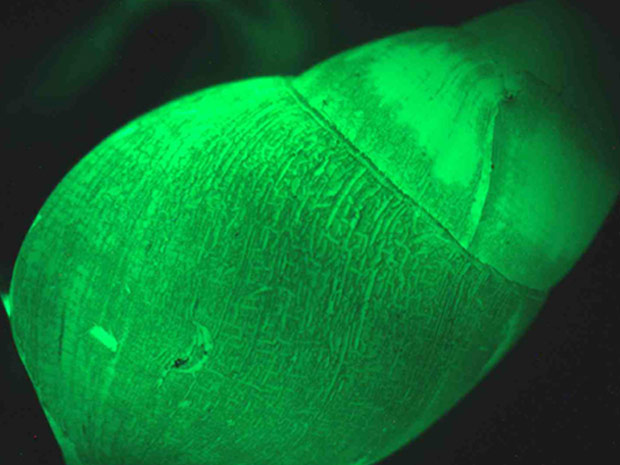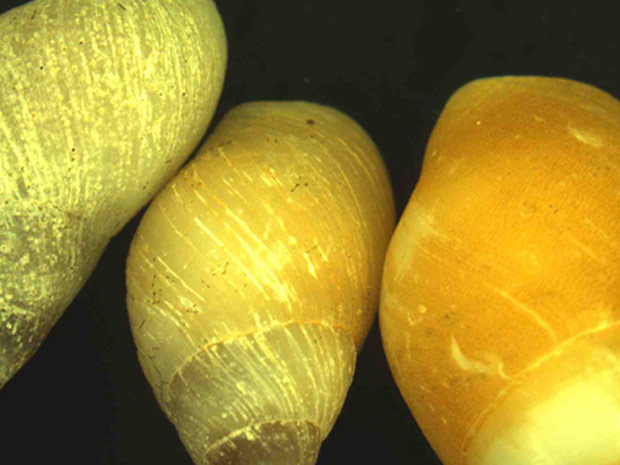The researchers had discovered that these animals, instead of producing a focus of light, use its shells to spread a green light bioluminescente in all the directions.
The light seems to be a form of defense, probably used to move away to predators when giving the illusion of that the snail has a bigger size that its real dimensions, explain the scientists Dimitri Deheyn and Nerida Wilson in the version online of the periodic “Proceedings of the Royal Society B” (Biological Sciences).
In experiments, Deheyn perceived that the light functions as a “alarm”: it lights when the snail if comes across with some possible predator, as a crab or shrimp.
The animals, collected in the coast of Australia, had surprised the researchers, since its cloudy shell gave the impression of that it would contain the light transmission. Instead of this, when the snail produces the green luminosity in its body, the shell it acts as a mechanism to exhaust this color specifically, according to institute.
For Deheyn, the power of diffusion of light of the brasiliana Hinea is bonanza, in comparison with other materials, and can awake the interest of the industries optics and bioengineering. “Our next focus is to try to understand what it makes with that its shell has this capacity and what can be useful to construct better material with a ótico performance”, said the scientist.





No comments:
Post a Comment
Note: Only a member of this blog may post a comment.